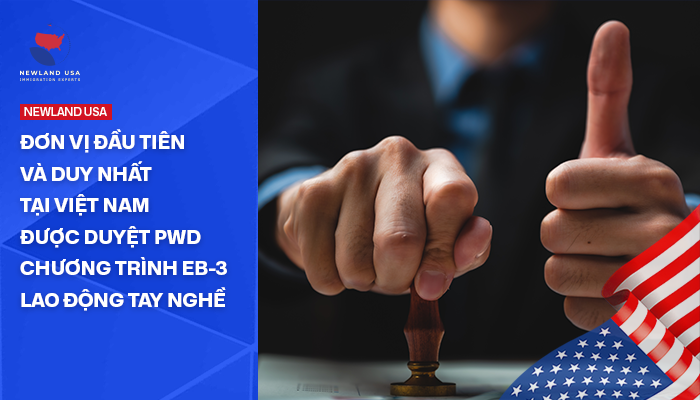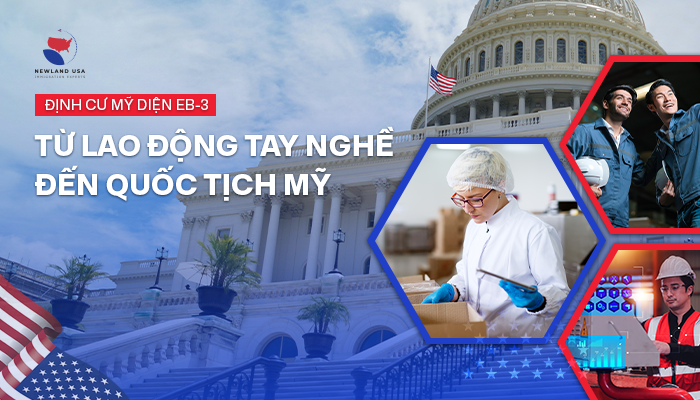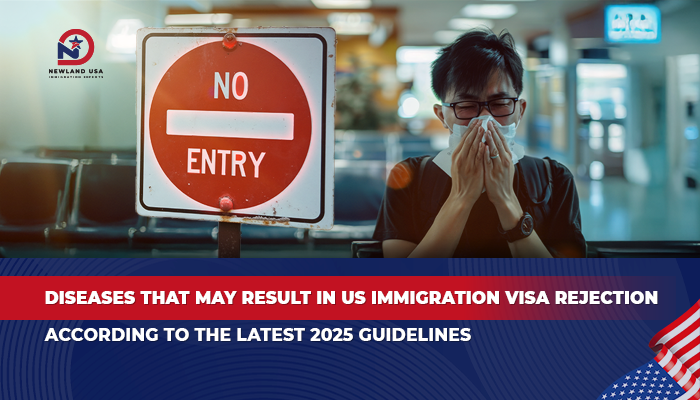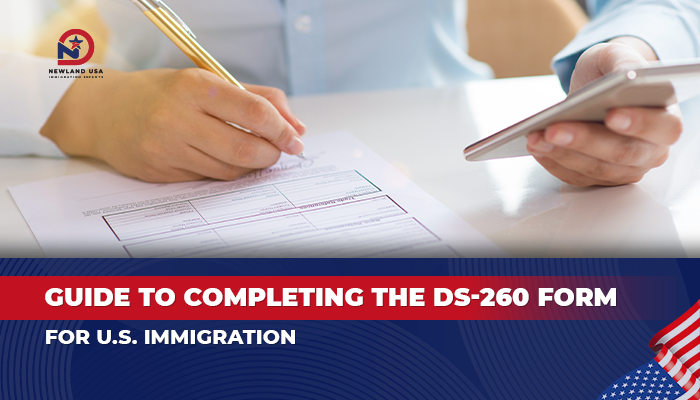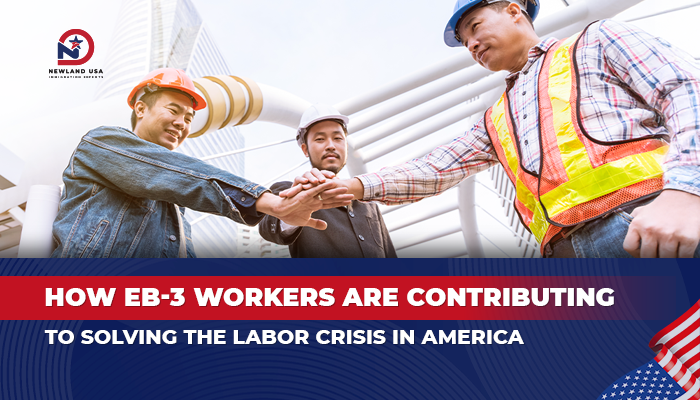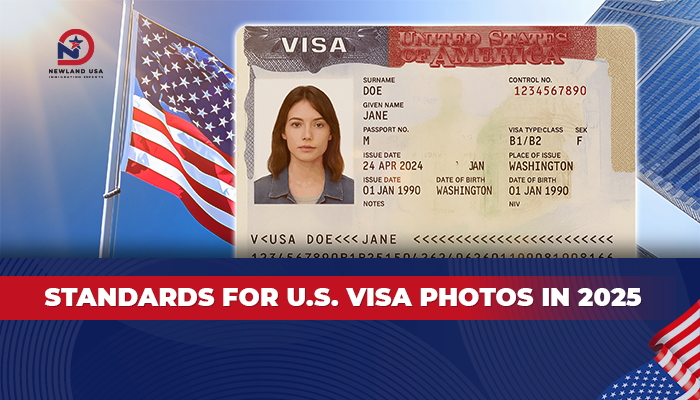5 Most Common Misconceptions of EB5 Program Investors
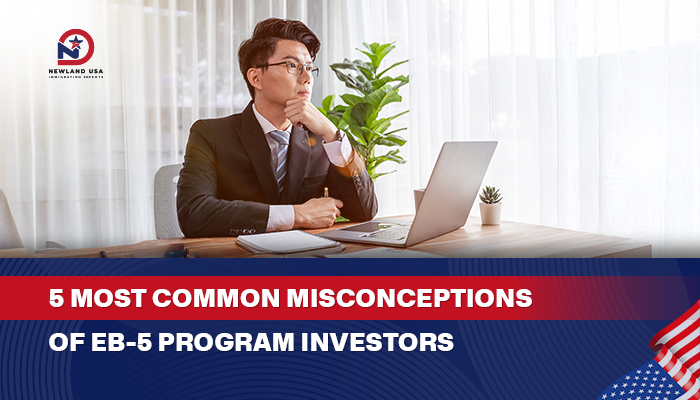
The EB-5 program is increasingly attracting the attention of many Vietnamese families wishing to settle in the United States through the EB5 investment route. However, the complexity of legal regulations along with the latest updates from the Reform and Integrity Act of 2022 (RIA) has created many misconceptions. These misunderstandings, if not clarified promptly, can lead investors to make inaccurate decisions and face serious risks in their immigration applications. This article from Newland USA will analyze in detail the 5 most common misconceptions that EB5 program investors often encounter, helping you gain a more comprehensive and accurate view of this immigration pathway.
1. Misconception #1: EB5 is a green card purchase transaction with guaranteed capital return
This is the biggest misconception that many investors have when approaching the EB5 program. Many people believe that simply putting up a certain amount of capital will guarantee receiving a US green card and full refund of the invested amount.
1.1. The reality behind the program
The EB5 program is essentially a form of exchanging investment capital for job creation opportunities, not a simple purchase transaction. The capital that investors put in must be at real risk (at risk) and the selected project must create at least 10 full-time jobs for US workers.
If a project promises to pay interest or guarantees capital return under all conditions, USCIS will evaluate that investment as not being at real risk and the application faces a high risk of rejection. This means EB5 program investors must accept market risk just like any other investor.
1.2. Important points to note
Nothing is absolute in investment: You need to clearly understand that this is a real investment, not a “guaranteed” purchase contract. The possibility of not recovering your capital can happen and investors must be ready to accept that. Thorough project due diligence only helps minimize risk, it cannot eliminate it completely.
Job creation is the deciding factor: USCIS makes the decision to approve Form I-829 (removal of conditions on green card) mainly based on whether the project has the required 10 jobs, rather than based on revenue or profit. USCIS only cares whether your EB5 investment directly or indirectly creates the necessary number of jobs.
Careful project due diligence: When selecting a project, investors need to carefully examine the job creation model (direct, indirect, or a combination of both), evaluate stress test scenarios to understand how the project will handle risks, and thoroughly understand the capital flow from NCE to JCE. All capital must be actually deployed to create jobs.

2. Misconception #2: You only need $800,000, source of funds doesn’t matter
The minimum EB5 investment amount of $800,000 for TEA (Targeted Employment Area) is a figure many people know about. However, proving the source of this money is no small challenge for investors.
2.1. Reality about source of funds requirements
USCIS conducts extremely strict verification of lawful source of funds as well as path of funds. According to new regulations from the Reform and Integrity Act, for applications filed after May 14, 2022, EB5 program investors are required to submit tax returns for the most recent 7 years or for the period specifically requested by USCIS.
If the investment capital is a gift or loan, investors must also prove the lawful source of the donor or lender. An important additional condition is that the loan must be secured by the investor’s own assets and absolutely cannot use EB5 project assets as collateral.
2.2. Document preparation strategy
Transparency is paramount: Financial documents can include various sources such as real estate sales, stock dividends, business profits, gifts, inheritance, or bank loans. All these sources are acceptable, as long as investors can prove the legality and transparency of the money flow, from the original source until the money is transferred to the escrow account or NCE.
Prepare complete documentation: To avoid arising issues, investors should prepare a comprehensive financial document set including: bank statements and transfer documents arranged in logical chronological order, personal tax returns for the most recent 7 years, along with documents proving the source of assets.
3. Misconception #3: All TEA areas are the same and set-aside visas provide no benefits
Before the Reform and Integrity Act was enacted, determining TEA areas (rural areas or high unemployment areas) had many loopholes in regulations. Now, the new law has standardized definitions and created significant advantages for certain specific investment types.
3.1. Reality about set-aside visa categories
The Reform and Integrity Act established three annual set-aside visa categories for the EB5 program:
- 20% for rural areas
- 10% for High Unemployment Areas (HUA)
- 2% for infrastructure projects
Visas not fully used in one year will be reserved for one more year, then transferred to the “unreserved” group in the third year. More importantly, federal law also provides priority processing for rural area investments directly at the USCIS level.
3.2. Strategic benefits for investors
Priority application processing: Rural category applications receive priority processing from the I-526E stage. This mechanism is completely different from the regular process and helps applications be reviewed significantly faster.
Reduced visa backlog risk: Separate visa categories significantly reduce the risk of prolonged waiting, especially important for countries with large EB-5 application volumes like China and India. Currently, visas for set-aside categories are still in “current” status, while “unreserved” visas already have priority dates for certain countries.
Verify accurate TEA definitions: Rural/HUA definitions have been clearly specified after the RIA law. For example, HUA must be based on an average unemployment rate of 150% or more compared to the national average. Investors need to ensure the selected project has been confirmed as TEA according to current regulations.

4. Misconception #4: Must wait for I-526E approval before filing I-485 or DS-260
Previously, EB5 program investors typically had to wait for I-526 approval before being able to file for a green card (I-485 if in the US or DS-260 if outside the US). However, this regulation has changed significantly.
4.1. Reality about concurrent filing
For investors living in the US with visas in “Current” status, the Reform and Integrity Act allows concurrent filing of I-485 together with I-526E. This process has been clearly confirmed by USCIS on the agency’s official information page.
4.2. Benefits of concurrent filing
Greater flexibility during waiting period: For those with legal visas in the US (such as F-1, H-1B, L-1…), concurrent filing allows them to apply for Employment Authorization Document (EAD) and Advance Parole (AP) earlier. This helps investors work and travel internationally without depending on their current visa status, creating flexibility during the processing period.
USCIS processing strategy: USCIS is currently applying the “Visa Availability Approach” method, prioritizing processing of I-526E applications from countries with available or soon-to-be-available visas (based on monthly Visa Bulletin charts). This is an additional reason explaining why set-aside category applications are often processed faster.
An important point investors need to remember: concurrent filing doesn’t mean the application will be approved faster, but rather that you can take advantage of benefits while waiting for the main application to be reviewed.

5. Misconception #5: Must maintain investment capital until I-829 is approved
Many investors worry that they must keep the $800,000 “untouched” in the project for a very long time, possibly extending from 5 to 7 years.
5.1. Reality about capital sustainment period
USCIS has clearly confirmed that the sustainment period is only 2 years, tied to the investor’s conditional residency period. After the investment has been maintained in “at risk” status for 2 years, the capital can be returned or redeployed for other purposes.
5.2. Capital management strategy
Capital redeployment plan: For projects with early capital return cash flow, EB5 investment capital can be redeployed (further deployment) into other assets or projects to ensure maintaining the “at risk” requirement for 2 years. According to new regulations, redeployment doesn’t necessarily have to be within the same regional center as before, creating greater flexibility for projects.
Understand capital return terms: After completing the 2-year sustainment period and achieving the required number of jobs, capital return distribution can be carried out according to the project’s charter. Therefore, investors need to carefully study these terms from the beginning to know when and how the capital will be returned.
6. Other misunderstandings EB5 investors should note
USCIS approval of regional center doesn’t mean project is safe: USCIS only verifies compliance with immigration law (capital, jobs, source of funds), it doesn’t assess commercial risk or project profitability. Investors still need to conduct their own financial-legal due diligence or hire independent experts for evaluation.
The $800,000 amount doesn’t apply to all projects: The EB5 investment amount of $800,000 only applies to TEA areas (rural/high unemployment) or infrastructure projects. Projects not falling into these two categories require a minimum investment of $1,050,000.
Vietnam doesn’t always face visa backlogs: Currently, the EB5 program for Vietnamese citizens is still in “Current” status (visas available) for both unreserved group and set-aside visa categories (Rural/HUA). Investors need to check the monthly visa bulletin to update accurate status before filing applications.
7. Conclusion
Understanding and distinguishing these common misconceptions will help EB5 program investors have a more solid and effective immigration journey. Instead of just trusting attractive advertisements, become a smart investor by researching information from official sources like the USCIS website and monthly visa bulletin.
Newland USA, with a team of experienced experts and the motto “Secure settlement – Lifelong prosperity,” is ready to advise and support you with information related to the EB5 investment program. Contact Newland USA immediately via hotline 0785591988 or email: newsletter@newlandusa.asia for detailed and free consultation.


